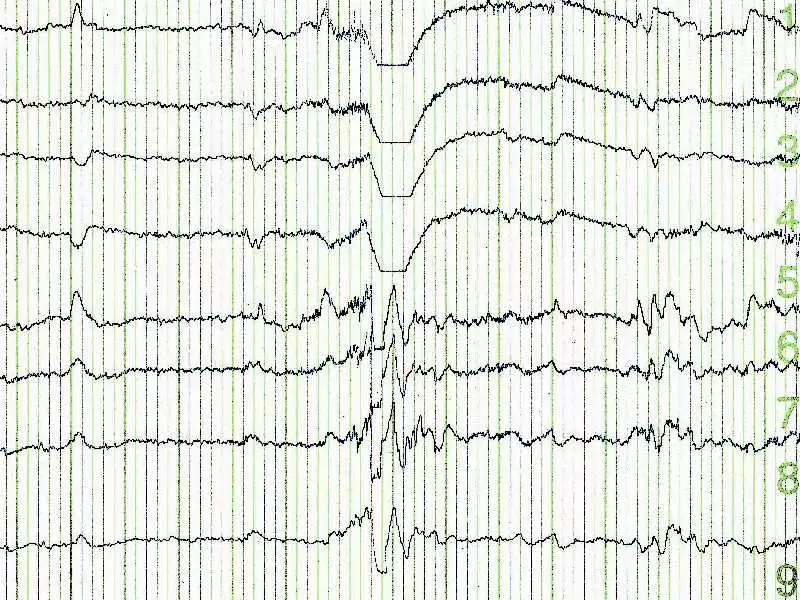A cardiac pacemaker, also known as a cardiostimulator or artificial pacemaker, is an electrical device implanted in the patient's body.
Stimulated site - first letter of code
Ventricularstimulation - V (ventricle). Where the first letter of the code describing the pacemaker is V, this means that the system described has one pacing electrode, which is located in the right ventricle. Correct pacing by the pacemaker is 'read' on the ECG as pacemaker discharges followed by a dilated QRS complex.
Stimulation of the atrium - A (atrium). When the first letter of the code describing the pacemaker is A, we learn that the system has one pacing electrode, located in the right atrium. This pacing is visible on the ECG and shows the discharge from the pacemaker followed by a P-wave.
Stimulation of the atrium and ventricle - D (dual). When the first letter of the code describing the pacemaker is D, it means that the described system has two pacing leads - in the right atrium and in the right ventricle. Normal pacing is visible on ECG as pairs of pacemaker discharges followed by a dilated QRS complex and P-wave.
 photo pantherstock
photo pantherstock
Electrode placement and mode of control - second and third letters of the code
Today's electrostimulators analyse the patient's heart rhythm and depending on this rhythm, pacing takes place. The second letter of the pacemaker code describes the location from which the pacemaker control impulses are received. The method of response to the recorded stimuli, on the other hand, is described by the third letter.
Stimulation with adaptable frequency - fourth letter of the code
The letter R (rate modulation). Its presence in the code describing the pacemaker means that it has the ability to increase the stimulation frequency during the patient's exertion.









